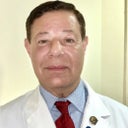When considering Bellafill or any other dermal fillers, it's important to take into account both the benefits and potential risks, especially given your history of keloid scarring. Here's a detailed analysis to help you make an informed decision:





